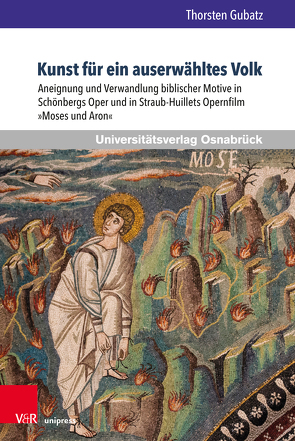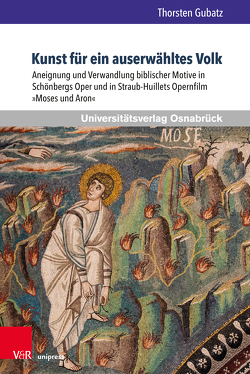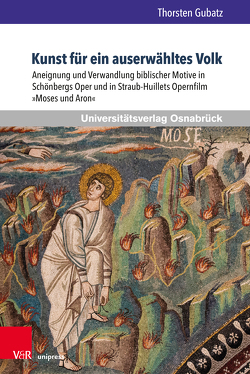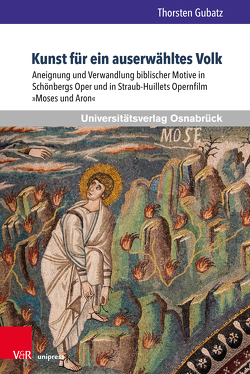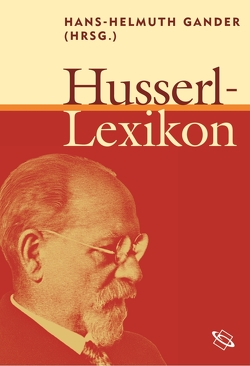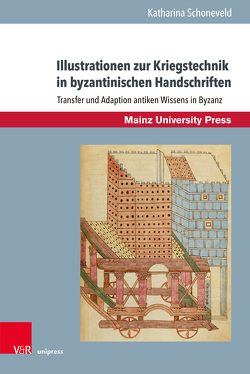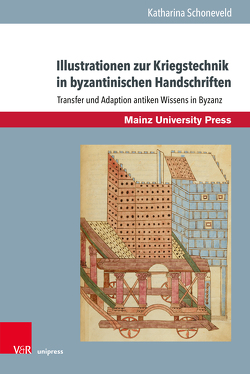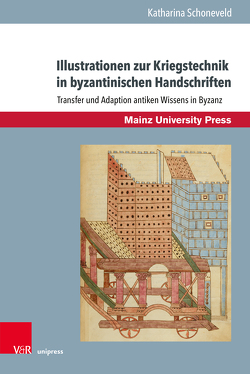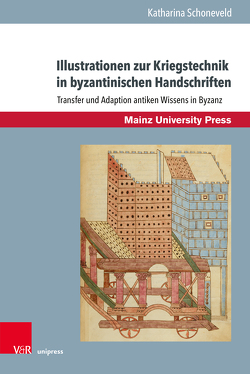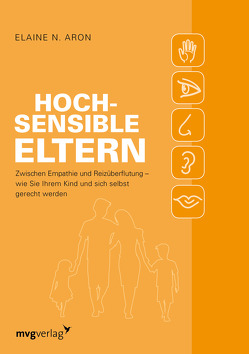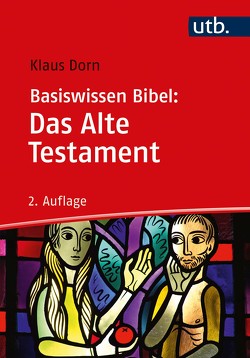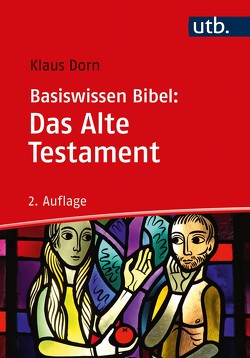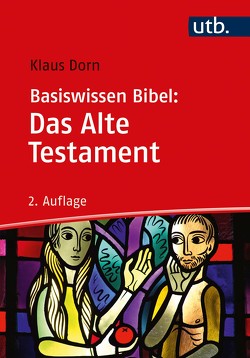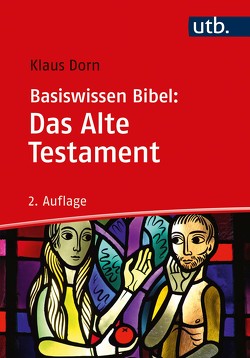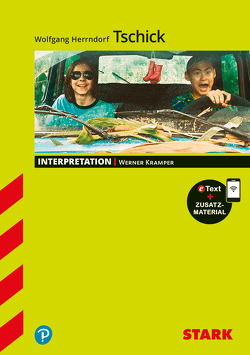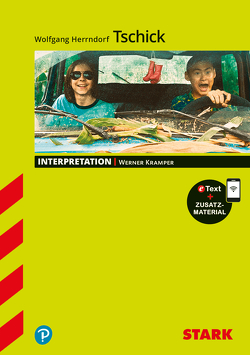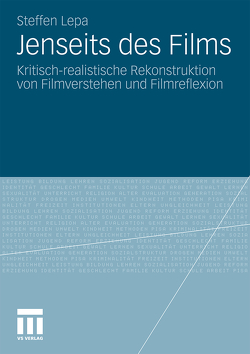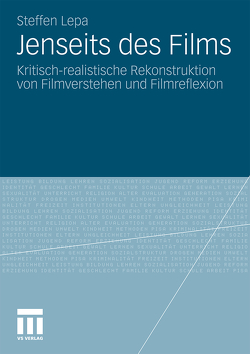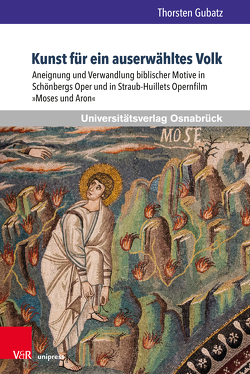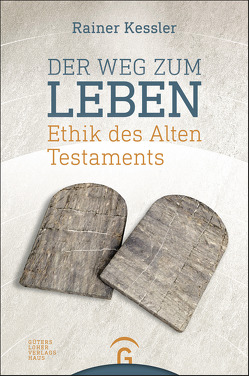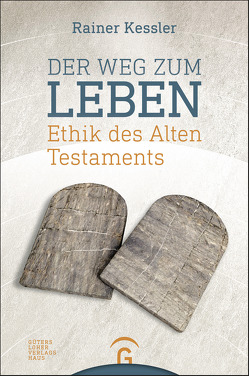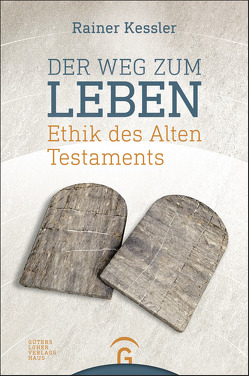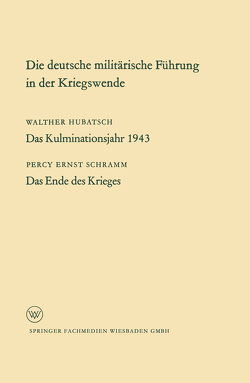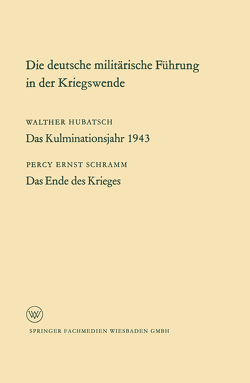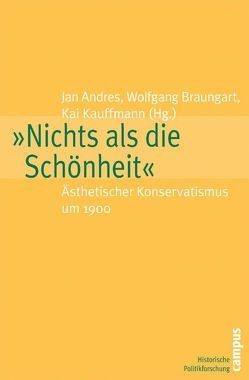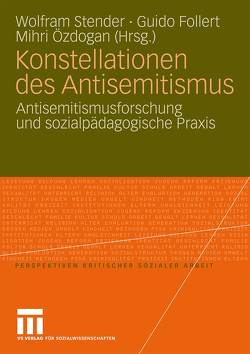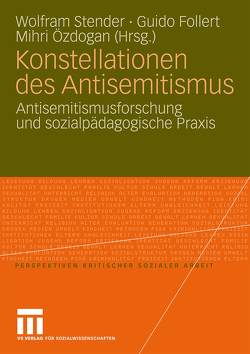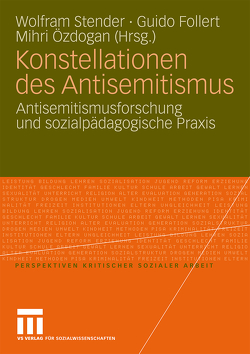Kunst für ein auserwähltes Volk
Aneignung und Verwandlung biblischer Motive in Schönbergs Oper und in Straub-Huillets Opernfilm »Moses und Aron«
Thorsten Gubatz
Unter der kargen Oberfläche der Verfilmung von Arnold Schönbergs Oper »Moses und Aron« durch Jean-Marie Straub und Danièle Huillet aus dem Jahre 1974 verbirgt sich ein ungeheurer Reichtum an Bedeutung: Die Oper spielt ein hochkomplexes Spiel der Aneignung und Verwandlung biblischer Motive aus dem Buche Exodus. Der Film dagegen tut dies mit der Oper und dem Bibeltext zugleich. Thorsten Gubatz würdigt die Komplexität dieses Geschehens, indem er die unteren beiden Schichten zunächst für sich betrachtet. Wird in der Oper und im Film der Gegensatz von Moses und Aron zu dem von intellektueller Sinnenfeindlichkeit und popularisierender Sinnenfreundlichkeit, zeigt sich zuletzt, wie Schönberg und die beiden Filmemacher je auf ihre Art von ihm auch selbst betroffen sind. Beneath the frugal surface of Jean-Marie Straub’s and Danièle Huillet’s 1974 cineastic adaptation of Arnold Schönberg’s opera “Moses und Aron”, a tremendous wealth of meaning wants to be discovered. Whereas the opera already plays a highly complex game of appropriating and transforming biblical motifs from the Book of Exodus, the film plays such a game with both the opera and the biblical text. This study aims to appreciate this game’s complexity by first considering its two lower layers in themselves. While in both the opera and in the film, the antagonism of Moses vs. Aron becomes that of intellectual hostility vs. popularizing friendliness towards th..weiterlesen
